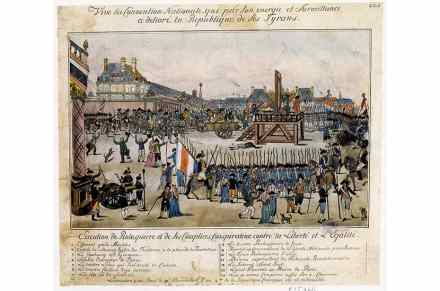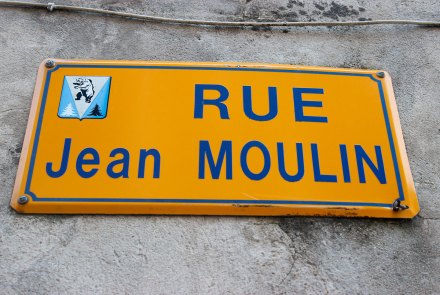The men of blood get their comeuppance in Revolutionary France
Colin Jones’s hour-by-hour reconstruction of the fall of Maximilien Robespierre, the French revolutionary most associated with the Terror, is inspired by Louis-Sébastien Mercier, who believed that only by getting ‘up close’ to the ‘infinitely small’ details would it be possible to understand the truth about a Revolution that was stranger than fiction. Mercier (1740-1815) was an early science fiction novelist, a journalist, politician and Parisian. He was not an eyewitness to the fall of Robespierre because he was in prison in 1794, one of 73 moderate members of the governing Convention who had been arrested and held as ‘Robespierre’s hostages’. The Convention was a representative body of 749 deputies, charged



